It was May 6, 2016, when paintings that had been stolen a few months earlier from Verona’s Castelvecchio Museum were found in the Odessa region of Ukraine. The theft had occurred on Nov. 19, and the loot was truly huge, as the stolen paintings included many of the masterpieces for which the public specifically goes to see the museum: Pisanello’s Madonna of the Quail, Andrea Mantegna’s Holy Family, Rubens’ Lady of the Lycnids, and Giovan Francesco Caroto’s Portrait of a Child. To these very famous works were added the Portrait of a Benedictine Monk also by Caroto, the Madonna of Milk, the Judgment of Solomon, the Transport of the Ark of the Covenant, Baltassar’s Banquet and Samson by Tintoretto, Jacopo Bellini’s Saint Jerome Penitent, Domenico Tintoretto’s Portrait of Marco Pasqualigo, Hans de Jode’s Landscape and Seaport, Giovanni Benini’s Portrait of Girolamo Pompei, a Portrait of a Venetian Admiral from Domenico Tintoretto’s workshop, and a Manly Portrait from Tintoretto’s circle.
In all, seventeen works were being taken from the museum. Twelve arrests would then be made for the theft, nine carried out in Moldova and three in Verona. “Investigations into the dynamics of the event,” Davide Ferro reconstructed in an article in Journal CHC, a magazine specializing in crimes involving art, “proved that the theft was planned and carried out by a real criminal organization composed of members of Italian and Moldovan origin. Thanks to the recordings made by surveillance cameras, among the members of the organization who broke in on the evening of November 19, 2015 were identified three people with covered faces and armed, who entered through a side door of the museum. That evening, however, the alarm did not go off. In fact, the museum security guard was for all intents and purposes a member of the criminal group who participated in the planning of the burglary and provided the necessary information regarding the museum facility.”
The news of the find was given in the Ukrainian press itself, on May 11, and also a short time after the find, then-Ukrainian President Petro Porošenko also commented on the case, congratulating the border police and the military prosecutor’s office for doing an excellent job: Porošenko had called it “a brilliant operation that reminds the world of Ukraine’s efficient efforts against trafficking and corruption.” The works had been found in Odessa oblast, to be exact in a forest on Turunčuk Island, a short distance from the border with Moldova: they were wrapped in black plastic sheeting and buried underground.

However, the paintings would only return to Italy at the end of the year, in December, so much so that the Verona Public Prosecutor’s Office in November 2016 had even opened a file on the failure to return the paintings. Getting the works there required intense cultural diplomacy between Italy and Ukraine: initially it seemed that the works were due to return by July, but the timetable slipped because the initial idea was to organize an official redelivery ceremony in the presence of then-Italian Prime Minister Matteo Renzi and Ukrainian President Porošenko, but at first it was difficult to get their respective agendas to coincide. “Both President Renzi and the Ukrainian president, Petro Porošenko,” declared the then mayor of Verona, Flavio Tosi, on July 13, 2016, “give the utmost importance to this return, and for this reason it is necessary to find, within the month of July, a date when both can be present at the official ceremony of returning the paintings to our city. And it is clear that, at this point, finding a space that ... matches on the agendas of both of them is not the easiest thing.” Incidentally, Porošenko had been granted honorary citizenship by the City of Verona on June 9, despite the controversy because the war in Donbass was raging at the time (the local PD had come out against the honor, deeming Porošenko’s figure “controversial”).
Meanwhile, the paintings had been displayed in an exhibition in Kiev, at the Khanenko Museum, which opened on June 13 and ended on the 26th of the same month (at the opening, Mayor Tosi had flown to the Ukrainian capital to confer honorary citizenship in person on President Porošenko). In addition, as a further sign of gratitude to Ukraine, Tosi granted free admission for the entire year to all Ukrainian citizens who wished to visit the Castelvecchio Museum. “Today’s is a symbolic event,” the Ukrainian president declared at the Kiev exhibition, “because this is not a case of restitution closed in the rooms of power: the works have become public and many citizens will now be able to appreciate them. I thank Mayor Tosi for giving the citizens of Kiev the opportunity to admire these extraordinary masterpieces. Thus, this exhibition symbolizes Ukraine’s commitment to the preservation of local and world artistic heritage. My hope is that the friendly relations between our two territories can now be further strengthened.”
The works, however, would remain in Ukraine even beyond the exhibition, for the reasons mentioned above: in September it was announced that the works would return in the fall, with Porošenko reassuring that he himself would take them back to Italy. The return finally took place in December: Cultural Assets Minister Dario Franceschini and Verona Mayor Tosi, with the Italian delegation completed by the commander of the Carabinieri Tutela Patrimonio Culturale, Fabrizio Parrulli, deputy prosecutor Gennaro Ottaviano, director of the central operational service Vincenzo Nicolì, head of the Verona mobile squad Roberto Di Benedetto, commander of the operational department Tutela Patrimonio Culturale Antonio Coppola, and the curator of the Castelvecchio Museum, Ettore Napione, had traveled to Kiev for the redelivery operations.
“It was a terrible tragedy that happened when paintings by the world’s best painters, such as Tintoretto, Mantegna, Pisanello, Rubens, and Caroto, were stolen from the museum in Verona,” Porošenko said on the day of the redelivery. “It was as if the city had lost part of its heart. Today we return these priceless masterpieces to our Italian friends.” The redelivery ceremony had taken place at the Khanenko Museum in Kiev. “Today is a day of joy and satisfaction,” Franceschini had said in Ukraine. “The return to Italy of the seventeen masterpieces is the result of intense and fruitful teamwork in the investigation and positive international cooperation. I thank the judiciary, law enforcement agencies, the diplomatic corps and Ukrainian authorities who have made it possible to heal a painful wound to Italian and world cultural heritage.” The works arrived in Italy at 6 p.m. on Dec. 21: a ceremony open to the press was organized at Verona’s “Valerio Catullo” Airport.
The affair is remembered today as one of the most serious art thefts ever. Below are pictures of all the works that were stolen and can be admired today in the halls of Castelvecchio.


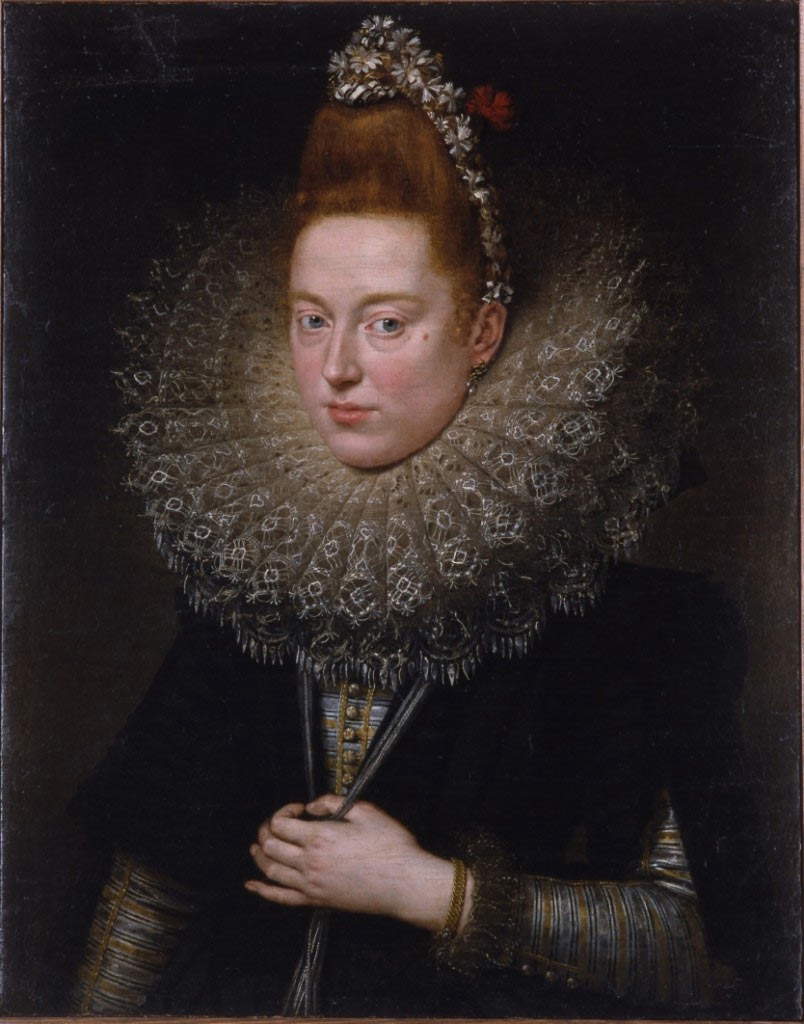
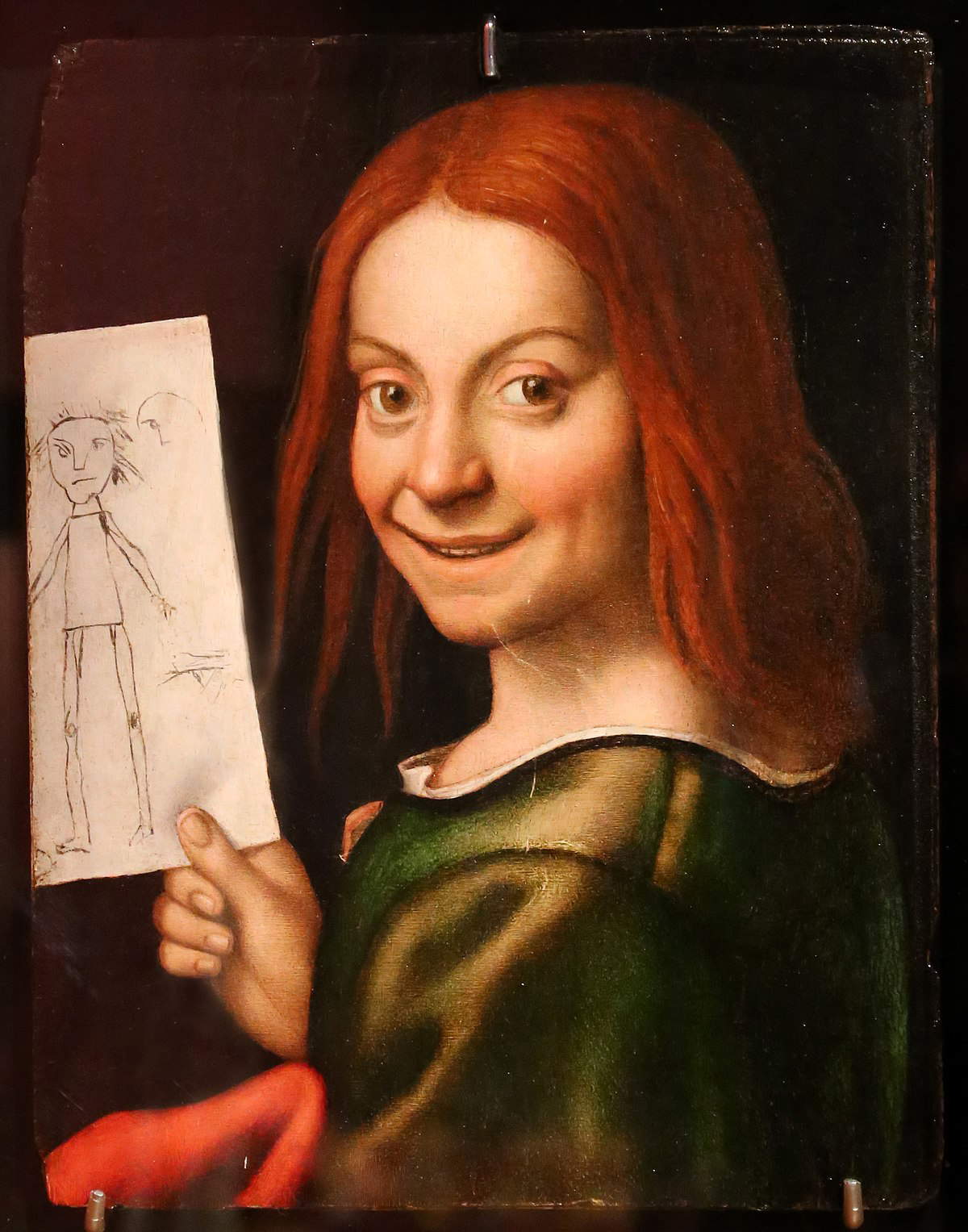
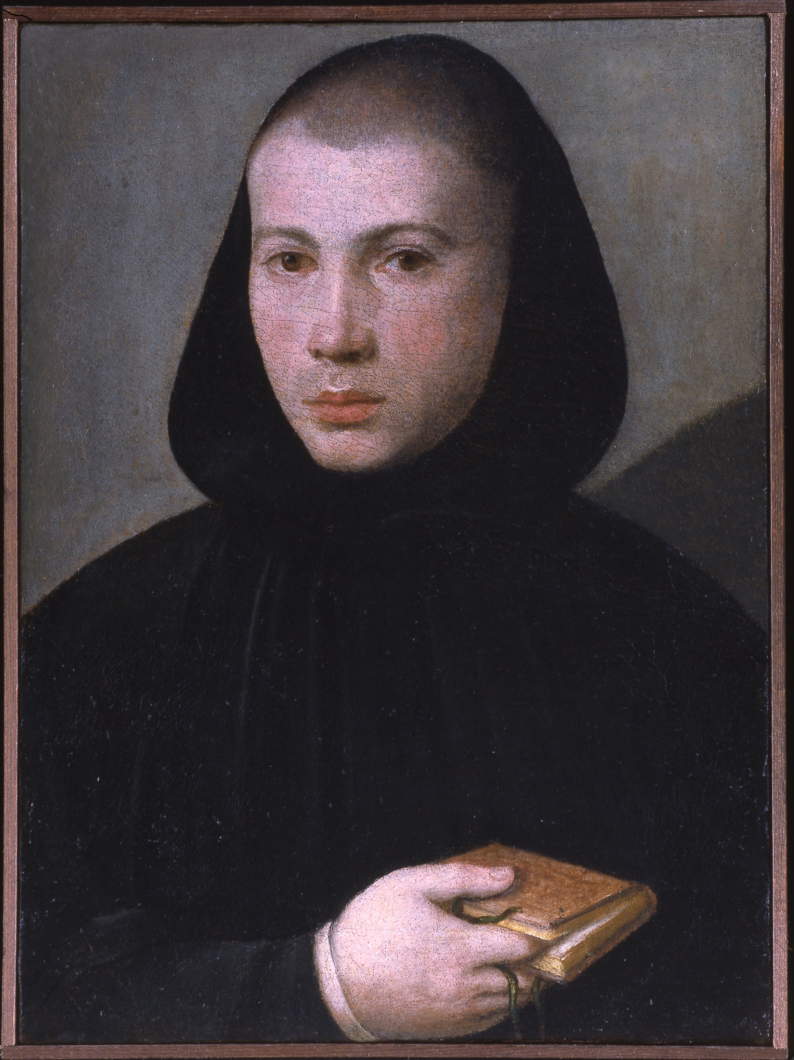
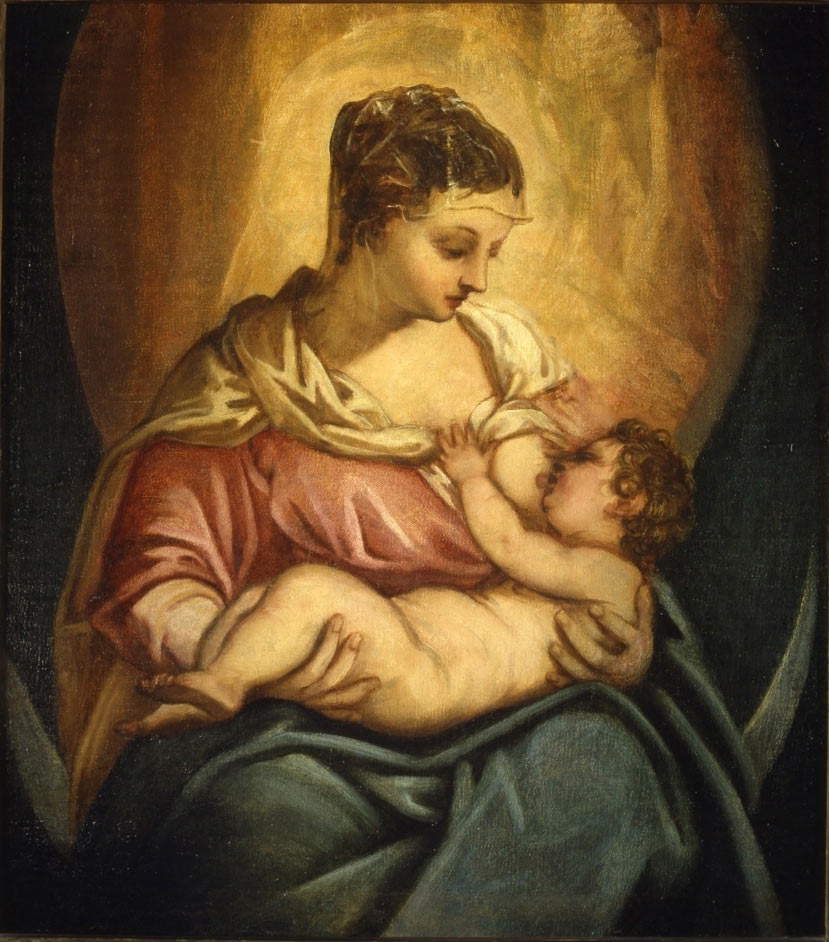
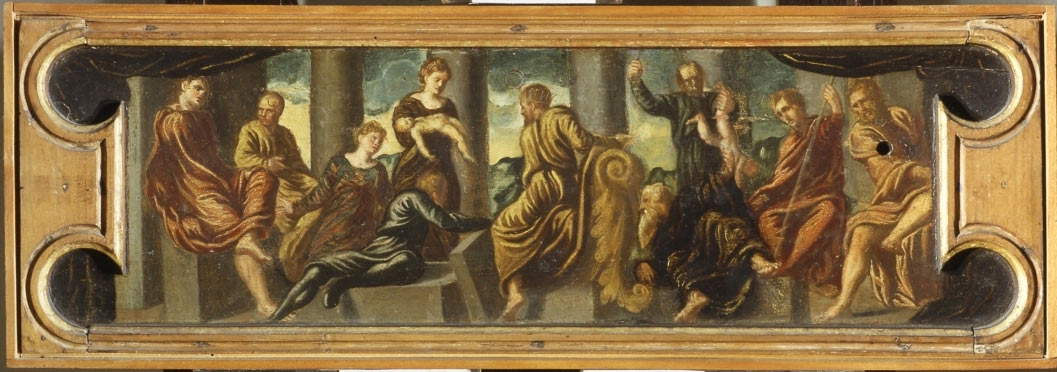 Jacopo
Jacopo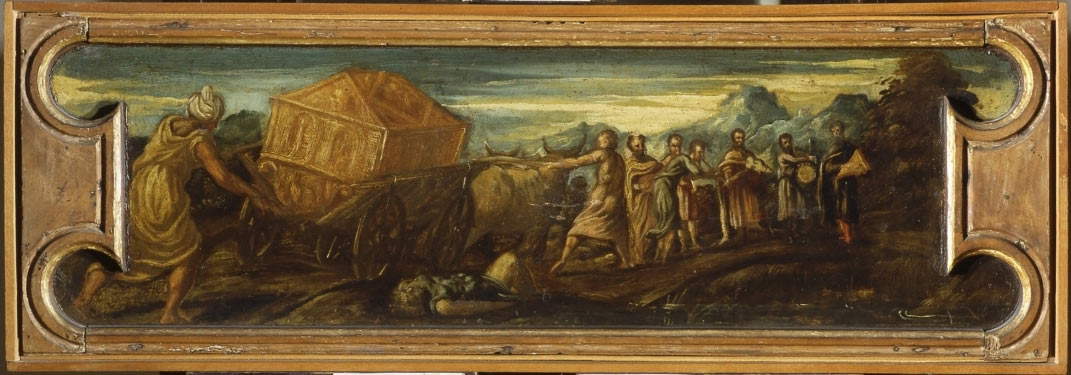 Jacopo
Jacopo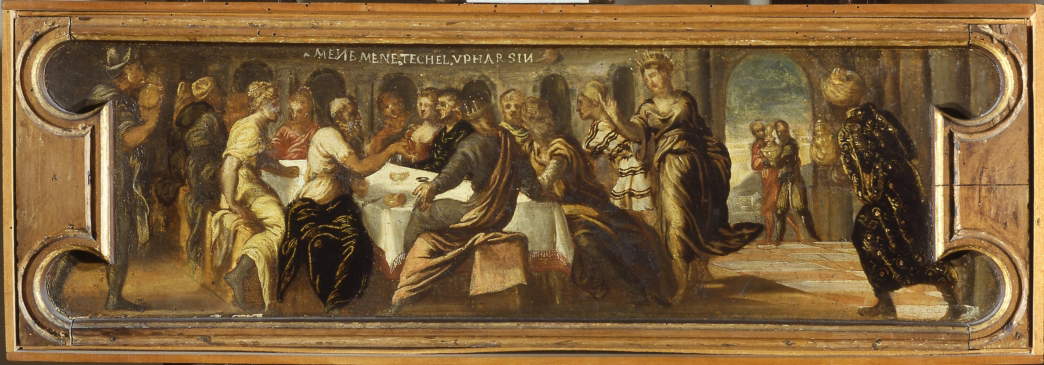
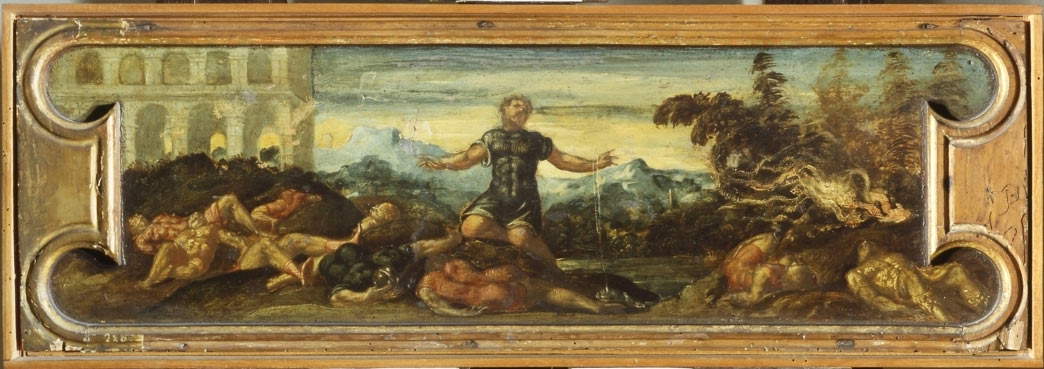 Jacopo
Jacopo
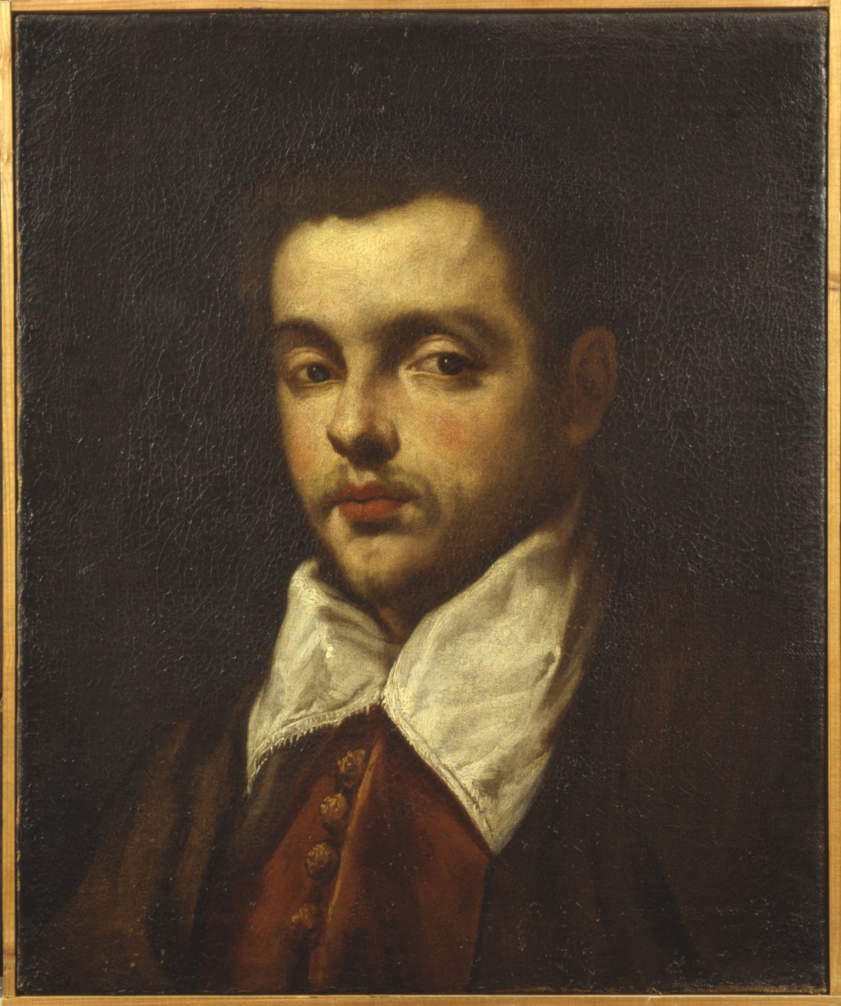
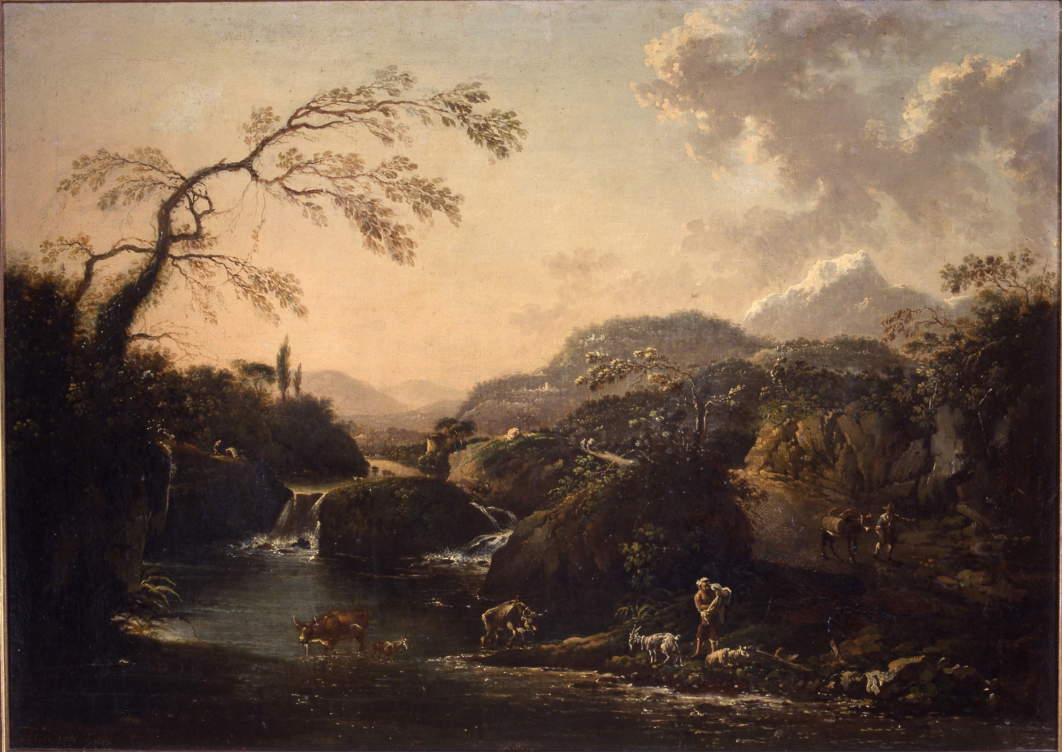
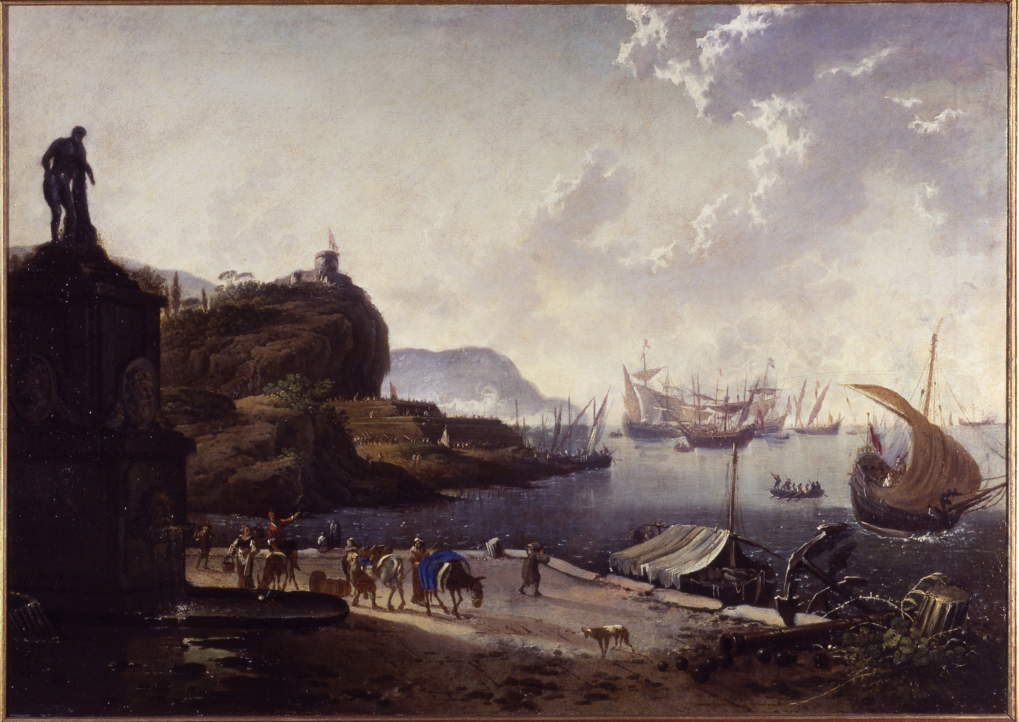

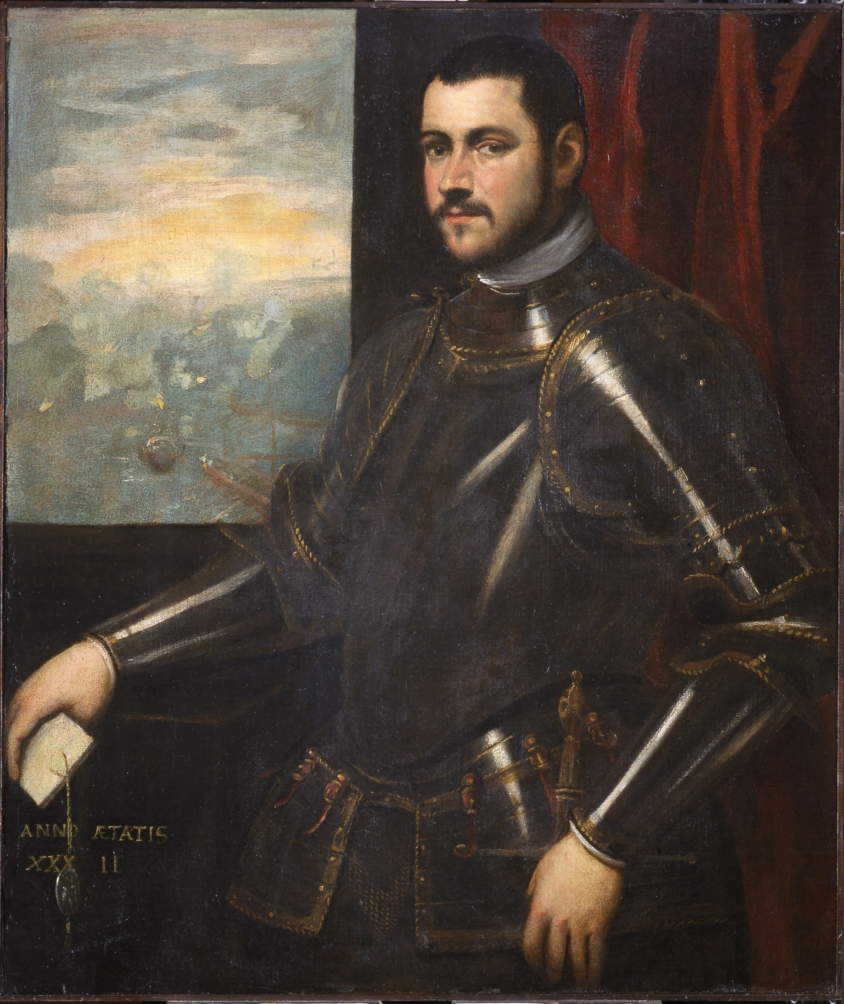
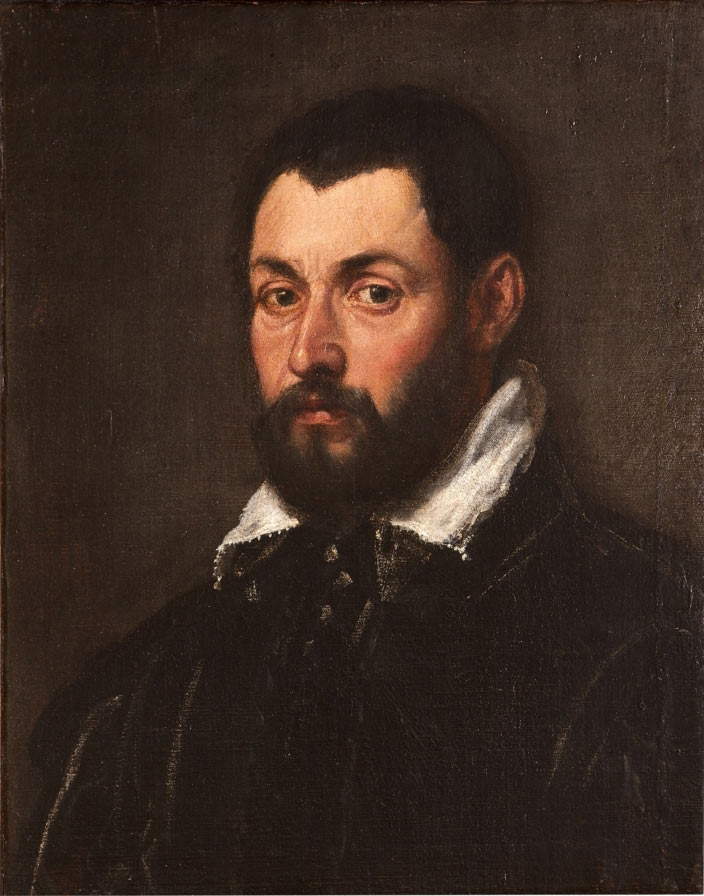
 |
| Odessa, May 6, 2016: when works stolen from the Castelvecchio Museum were found in Ukraine |
Warning: the translation into English of the original Italian article was created using automatic tools. We undertake to review all articles, but we do not guarantee the total absence of inaccuracies in the translation due to the program. You can find the original by clicking on the ITA button. If you find any mistake,please contact us.